Description
Okay, here’s an article based on “Dioxane,” covering its uses, sources of exposure, potential health risks, and mitigation strategies. I’ve aimed for a balanced and informative overview suitable for a general audience.
Dioxane: A Common Chemical with Uncommon Concerns
Dioxane, specifically 1,4-dioxane, is a synthetic industrial chemical that often flies under the radar. While not intentionally added as an ingredient to many products, it frequently appears as a byproduct, raising concerns about its potential impact on human health and the environment. Understanding dioxane, its sources, and its potential risks is crucial for making informed choices and advocating for safer alternatives.
What is Dioxane?
1,4-Dioxane is a clear, colorless liquid with a faint, ether-like odor. It’s a cyclic ether, meaning its molecules form a ring structure containing oxygen atoms. Its primary use is as a solvent, meaning it helps dissolve other substances. However, it’s rarely used in its pure form due to its potential health risks.
How Does Dioxane Get Into Our Products and Environment?
The most common way dioxane appears in consumer products is as a byproduct of the manufacturing process of certain detergents, cosmetics, and personal care products. It’s formed during ethoxylation, a chemical process that makes ingredients milder and more soluble, particularly in products like:
- Shampoos and Soaps: Used to create a foaming effect and cleanse.
- Detergents: Found in laundry detergents and dish soaps.
- Cosmetics: Present in lotions, creams, and other personal care items.
Dioxane is also used in industrial applications, such as:
- Solvent: Used in the production of adhesives, sealants, and other industrial products.
- Laboratory Reagent: Used in research and analytical chemistry.
Due to its widespread use and byproduct formation, dioxane can enter the environment through:
- Wastewater Discharge: Improper treatment or disposal of industrial wastewater.
- Landfills: Leaching from products disposed of in landfills.
- Air Emissions: Evaporation during industrial processes.
Why the Concern? Potential Health Risks
The primary concern with dioxane is its potential carcinogenicity. The Environmental Protection Agency (EPA) classifies 1,4-dioxane as a likely human carcinogen based on studies showing an increased risk of liver and nasal tumors in laboratory animals exposed to high concentrations.
Exposure to dioxane can occur through:
- Inhalation: Breathing contaminated air near industrial sites or where products containing dioxane are used.
- Ingestion: Drinking contaminated water.
- Skin Absorption: Contact with products containing dioxane.
Beyond cancer, high levels of exposure may also cause:
- Eye and Respiratory Irritation: Short-term exposure can cause irritation of the eyes, nose, throat, and lungs.
- Kidney and Liver Damage: Prolonged or high-level exposure may damage the kidneys and liver.
It’s important to note that the level of risk depends on the concentration and duration of exposure. The extremely low levels found in many consumer products may pose a minimal immediate risk, but concerns remain about long-term cumulative exposure and the potential for vulnerable populations (e.g., children, pregnant women) to be more susceptible.
What Can Be Done? Mitigation and Prevention
Addressing the dioxane issue requires a multi-pronged approach:
- Regulation: Stronger regulations at the state and federal levels are needed to limit the amount of dioxane allowed in consumer products and industrial discharges. Several states, like New York and California, have already taken steps to set stricter limits.
- Manufacturing Process Changes: Manufacturers can modify their production processes to minimize or eliminate the formation of dioxane. This includes using alternative ethoxylation methods or implementing purification steps to remove dioxane from the final products.
- Water Treatment: Improved wastewater treatment technologies can effectively remove dioxane from water supplies. Advanced oxidation processes (AOPs) are particularly effective.
- Consumer Awareness: Educating consumers about dioxane and providing information about products that are less likely to contain it empowers informed choices. Look for products labeled “dioxane-free,” although this is not always a guarantee. Check product ingredient lists and avoid products containing ingredients like “PEG,” “Polyethylene,” “Sodium Laureth Sulfate,” and “Potassium Laureth Sulfate,” as these are often associated with dioxane contamination.
- Advocacy: Supporting organizations and initiatives that advocate for safer chemicals and stricter regulations can help drive systemic change.
The Path Forward
Dioxane is a reminder that chemical safety is an ongoing process. By understanding the potential risks associated with dioxane and supporting efforts to mitigate its presence in our products and environment, we can work towards a healthier future for ourselves and generations to come. While eliminating dioxane entirely may be challenging, reducing exposure through responsible manufacturing practices, effective regulation, and informed consumer choices is a critical step in protecting public health and the environment.

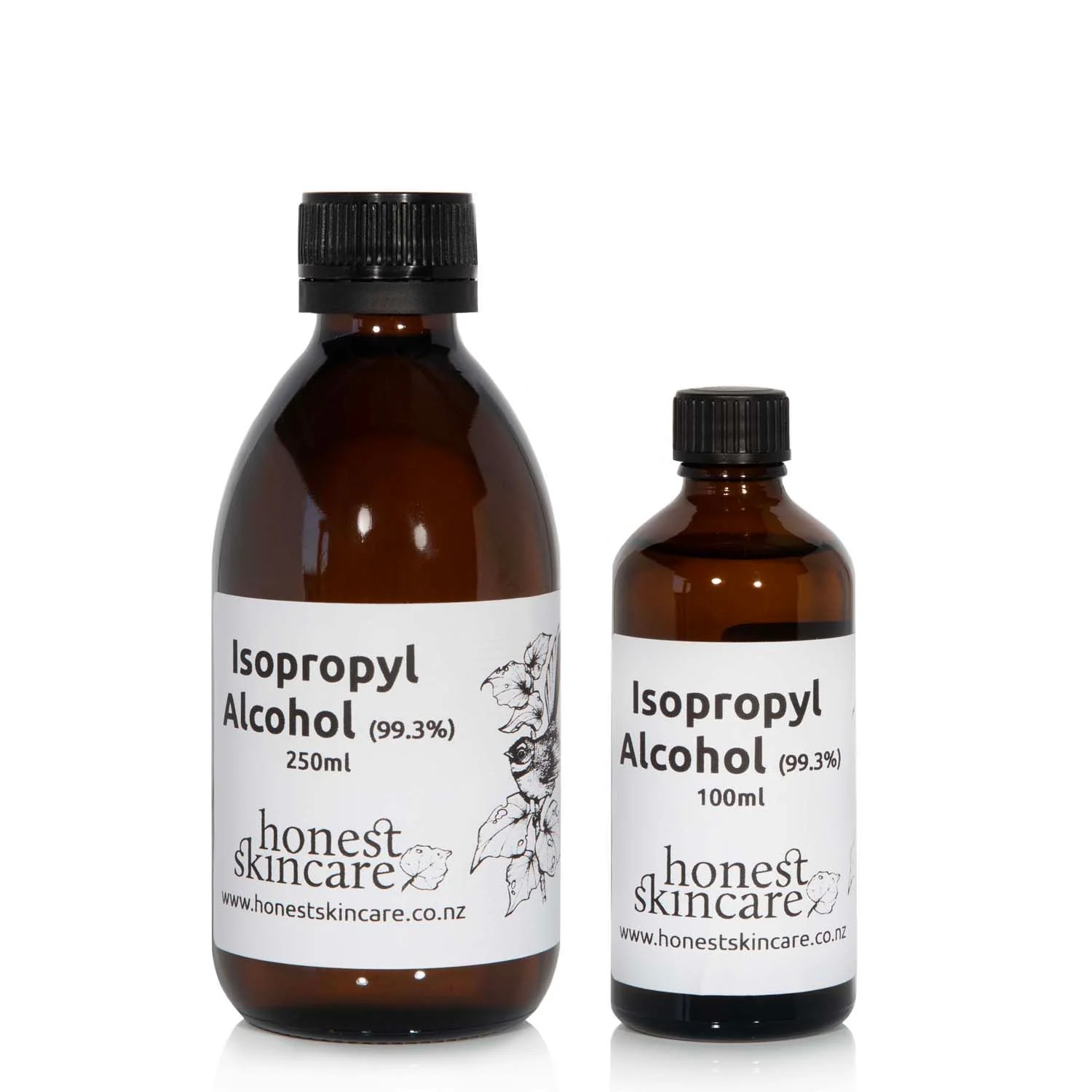

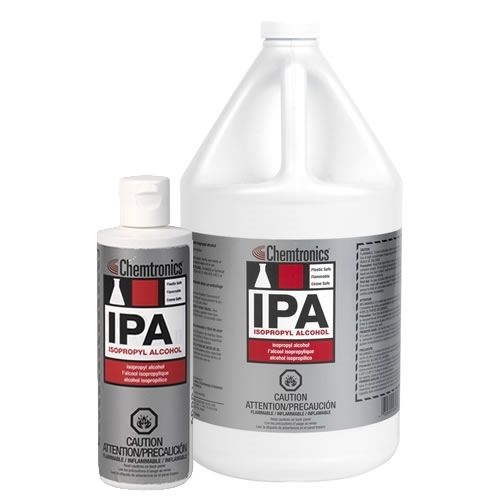
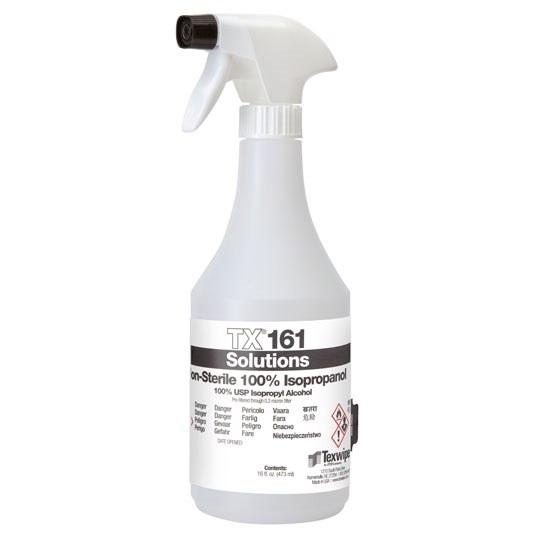
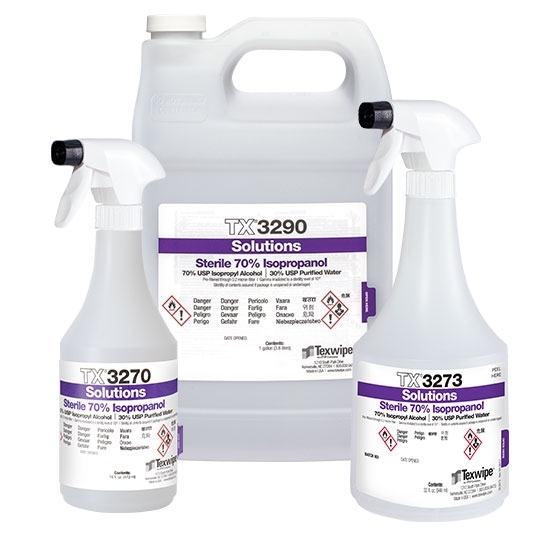

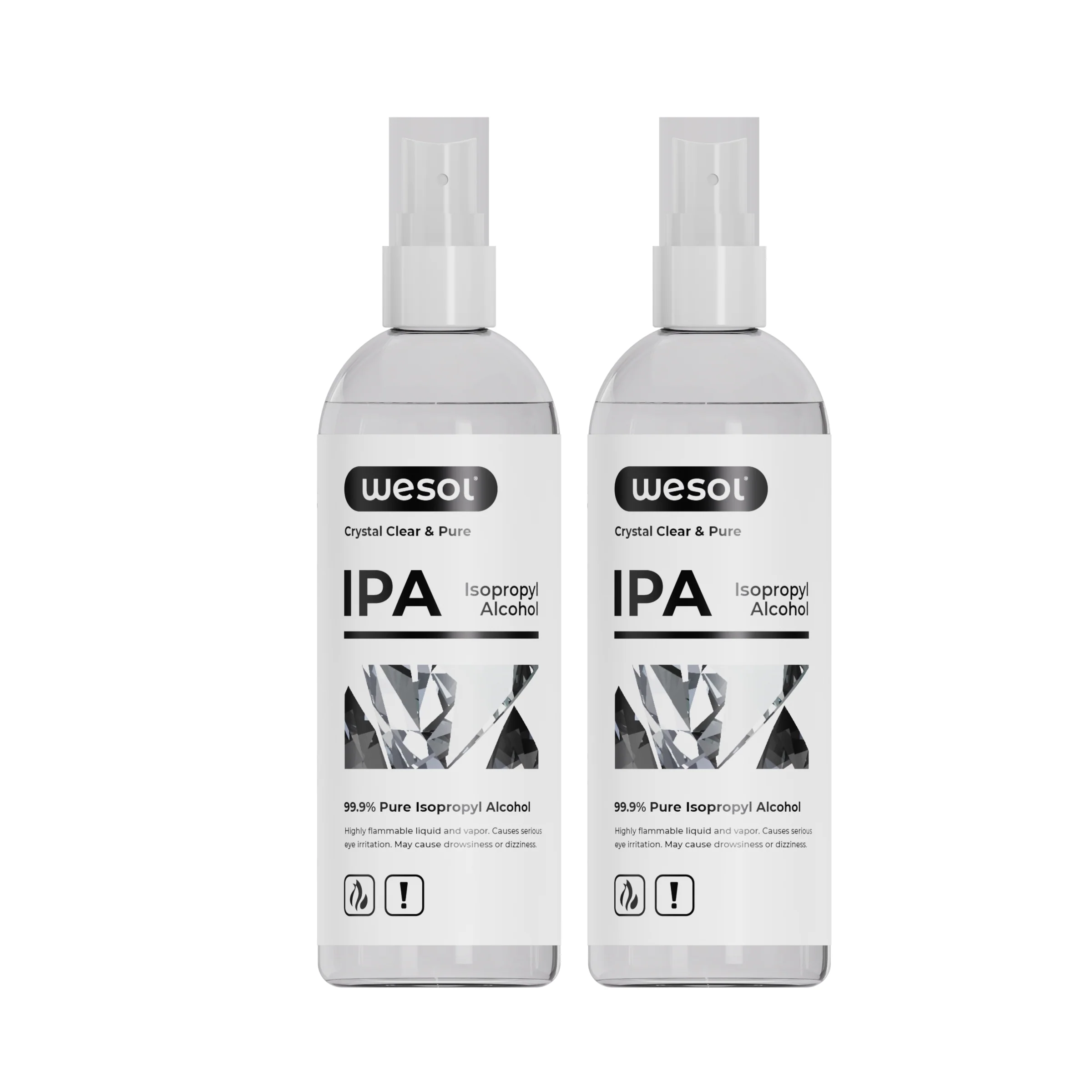
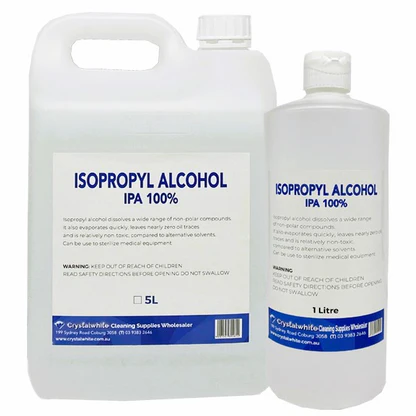

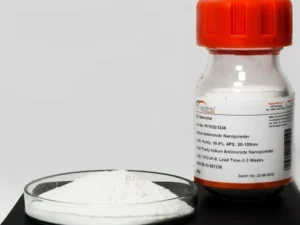

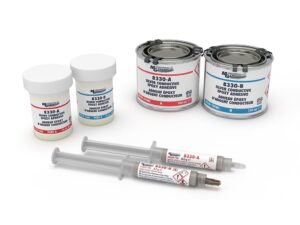
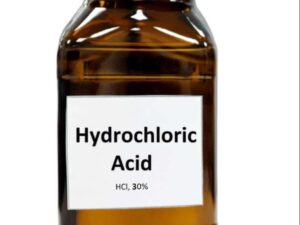
Reviews
There are no reviews yet.